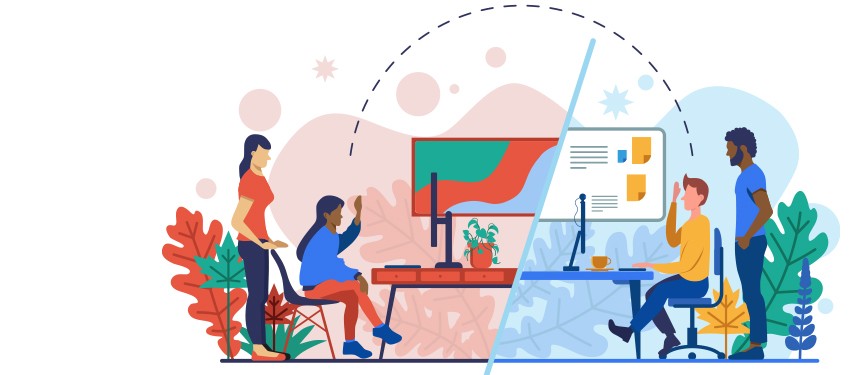
Resources
Resources
Card sorting helps you to understand how your users think you should organize your content. From this information you can create a site structure that enables your users to find what they are looking for.
Focus groups help you generate ideas by listening to your current and prospective users discuss their experiences and expectations with one another. Focus groups can provide:
You might wonder, “Does our product meet the standards of what makes something usable?” Heuristic Evaluations allow your team to examine your product against a set of recognized usability principles.
Meet With a User Experience AnalystIf you are interested in learning more about how to include user-experience in your curriculum or research, please contact us and we’ll find a time to meet.
Purchasing TeamsYou’re purchasing something that needs to be easy for the whole University community to use. We can:
Personas help you get out of your own head when you are writing content and designing your product. Personas are:
Use this RACI chart template for your project
Rapid prototyping is a helpful approach when you want feedback on an early design. At this stage, the design can be on paper or screen.
A definition of what "soft launch" entails.
Task-based Usability Evaluations are useful when your design is getting close to being fully functional but you still have some ability to change the interface or content.
In academia, we’re notorious for using older, “fancy”, ten-dollar words, when plain language would be clearer and more effective.
Tree testing helps you to learn if your proposed site structure is going to make sense to your users, before you start designing your interface.
Examples of simple, precise words and phrases you might substitute in your writing
Your content is the most important part of your site.
Part of a research-based guide that covers writing actionable content
Self-Help Guides
Content is one of the main components of a great user experience. This self-help guide walks you through the process of planning the right content to meet your website's goals.